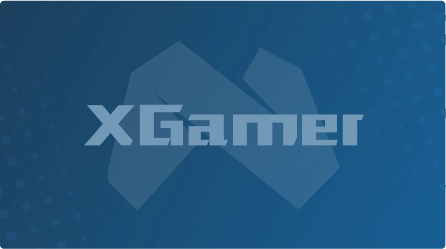
Bluey's Quest For The Gold Pen Review - Kindergarten ZeldaLots of cartoon trends come and go, but Bluey's rise to the top of the streaming landscape has been fueled by more substance than the typical preschool kids cartoon. The phenomenon has been almost as strong among adults as kids, as the show's strong writing, imaginative play, lovable characters, and surprisingly deep emotional intelligence has moved many adults to watch it as well. It was inevitable that the popularity of Bluey would invite video game adaptations. And while Quest for the Gold Pen is simple and familiar, it's also well-made in a way that could serve as a gentle early introduction for a new generation of gamers. It's hard to talk about Quest for the Gold Pen without inviting comparisons to the other Bluey video game release, Bluey: The Video Game. That game from Artax and Outright Games captured the look of the cartoon remarkably well, but it was a bit dull. You mostly took part in minigames around the Heeler household, loosely built around the story of finding a treasure map. It was cute, but it lacked the heart and imagination of the cartoon, and its gameplay hooks weren't all that compelling. Bluey's Quest for the Gold Pen, from Jetpack Joyride developer Halfbrick Studios, is almost the precise opposite: a more imaginative setting, with solid game mechanics underpinning it, but also more structured. You aren't just playing around the household and making your own fun this time, and a lot of the activities are very similar. But since it's presented in a familiar framework, this feels like a proper and recognizable video game--just paced a little slower to make it approachable for youngsters. Continue Reading at GameSpot
 Popular Content
Popular Content Explore Topic
Explore Topic



